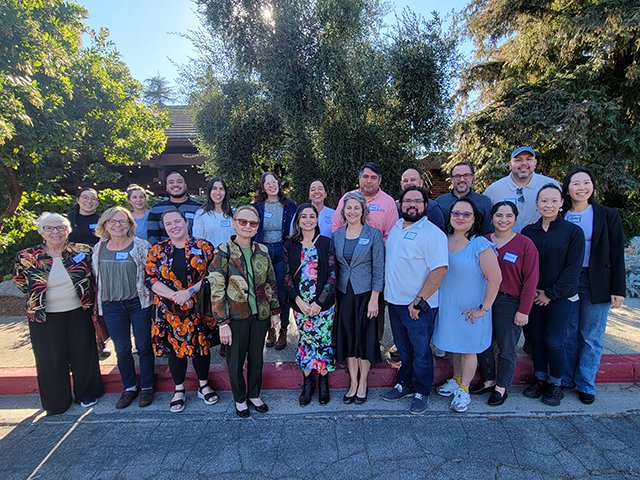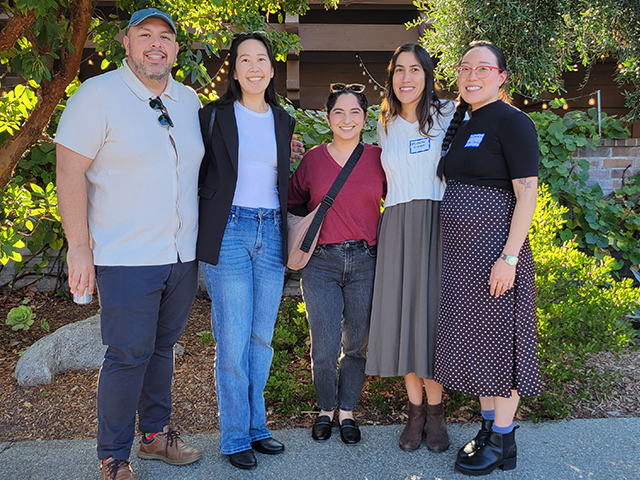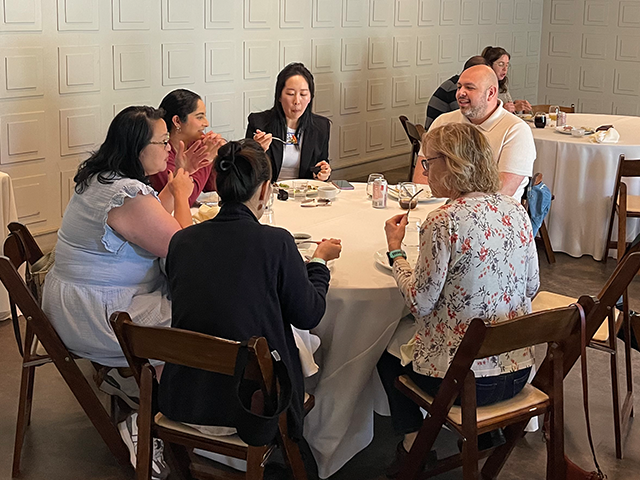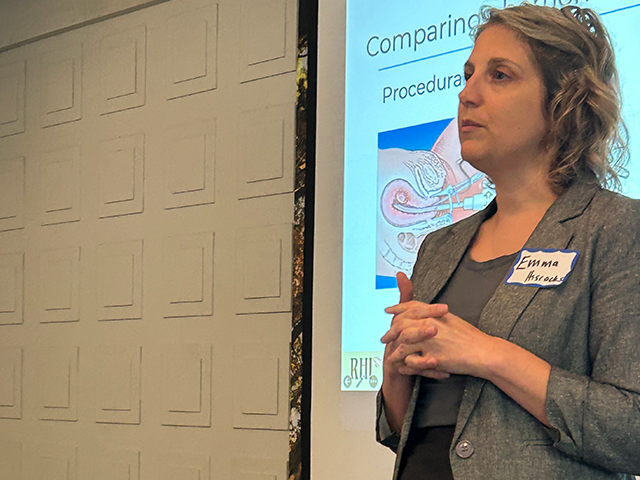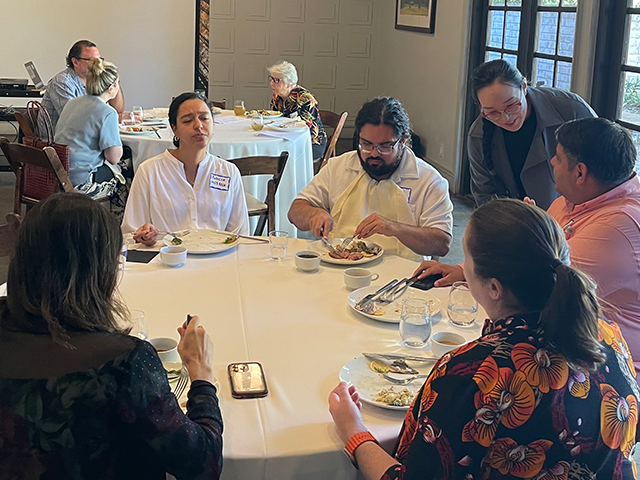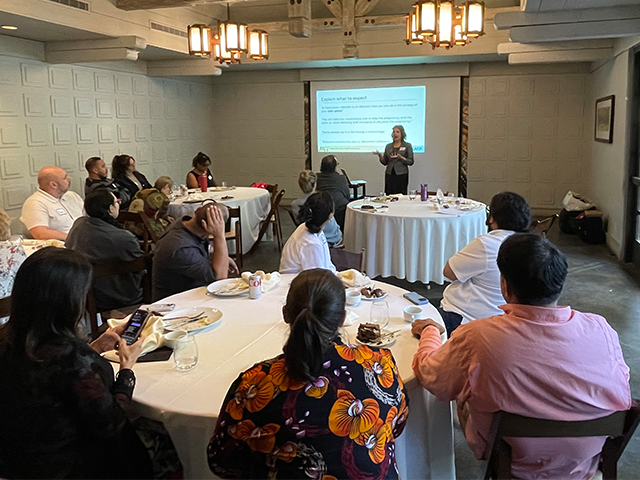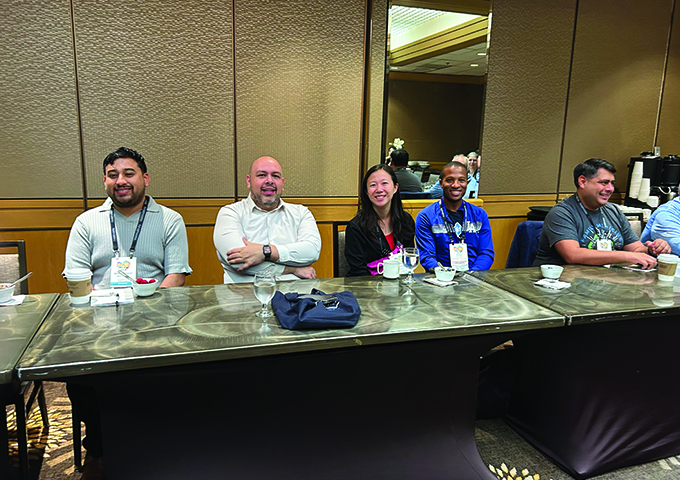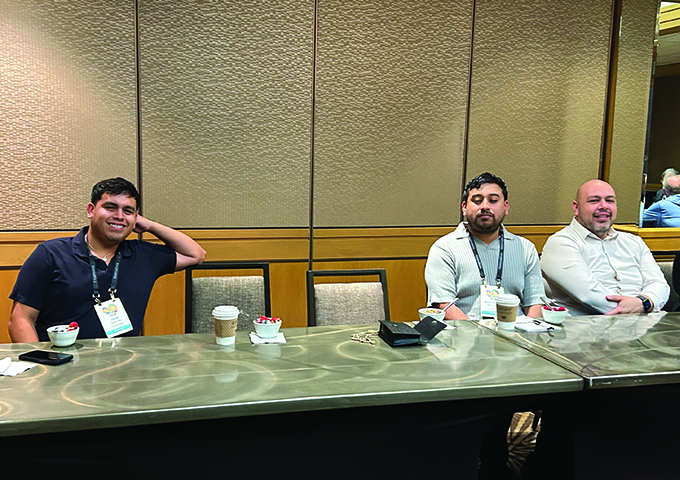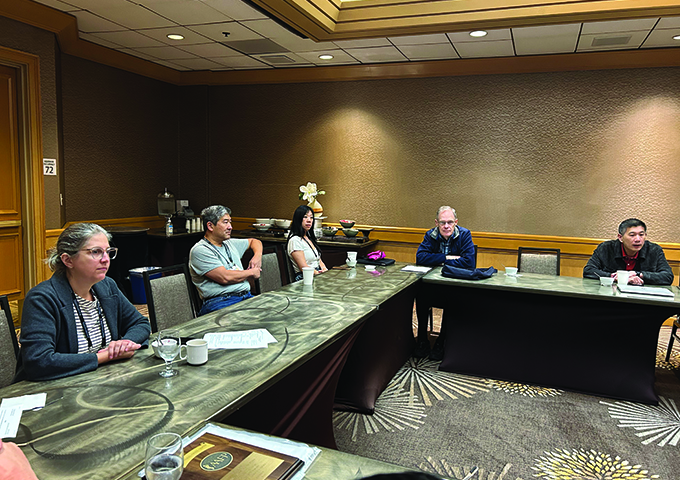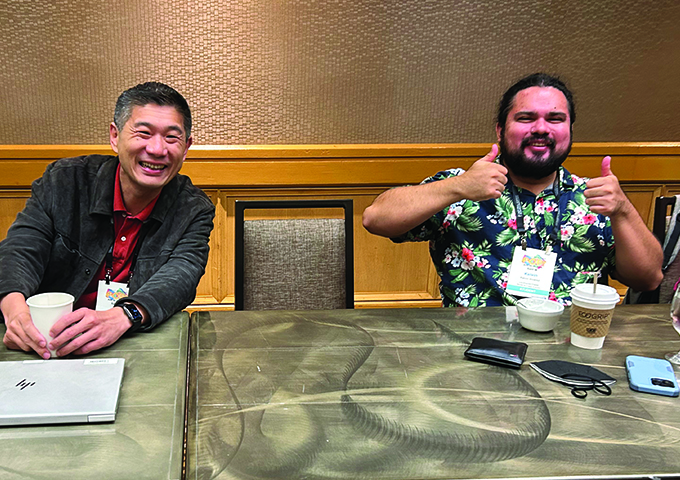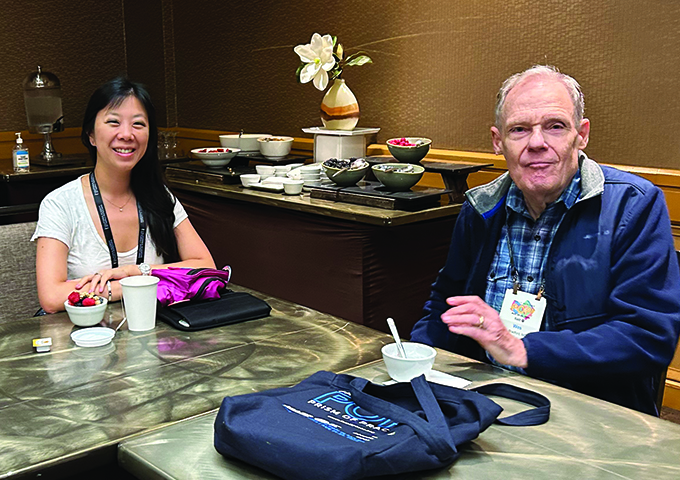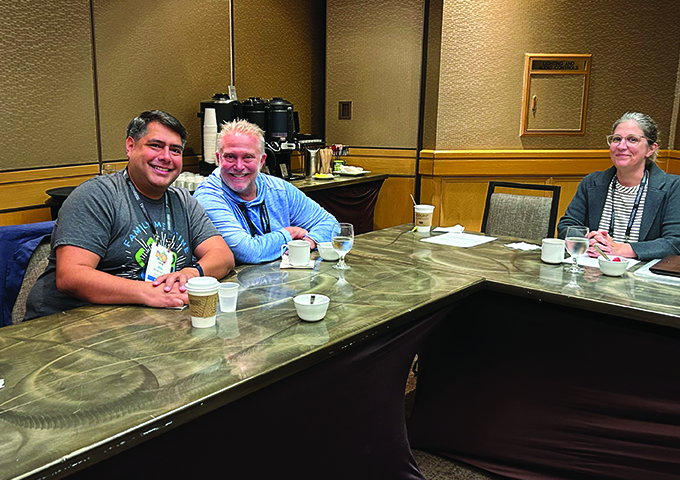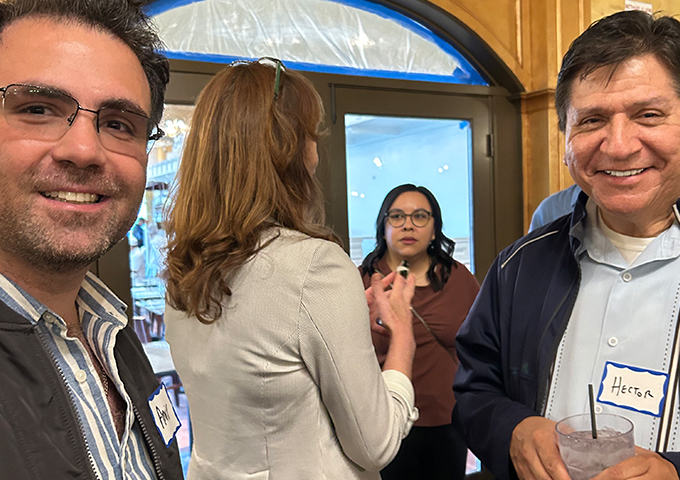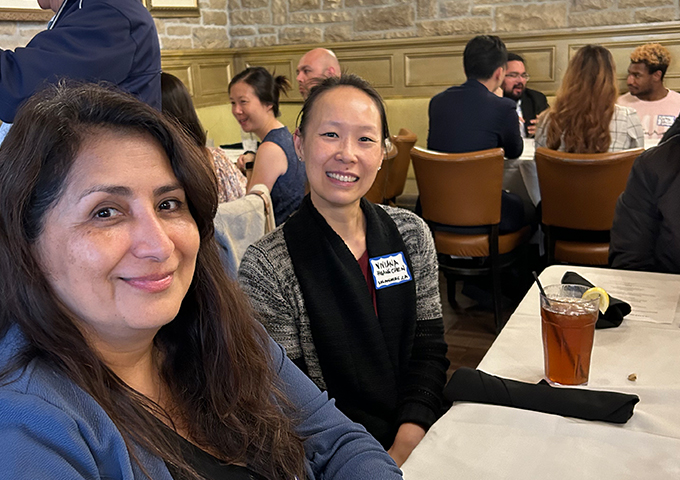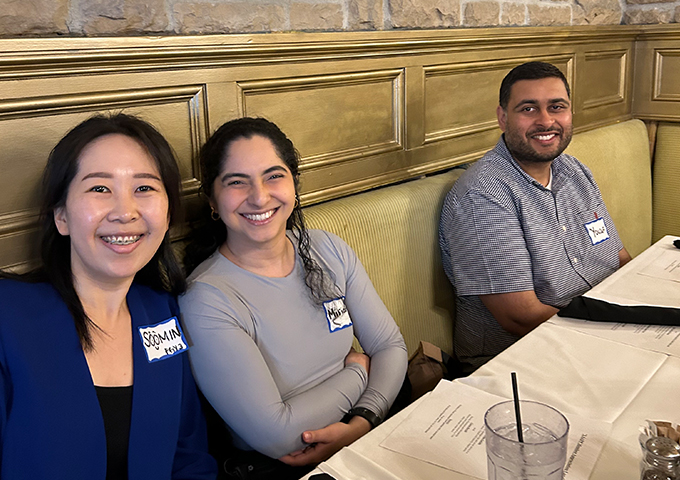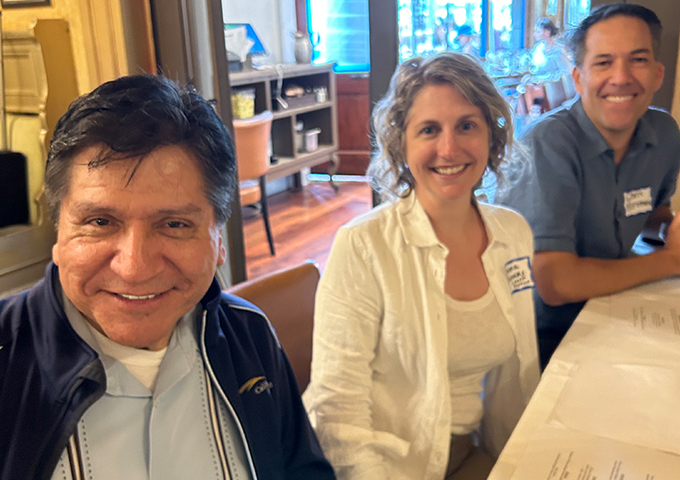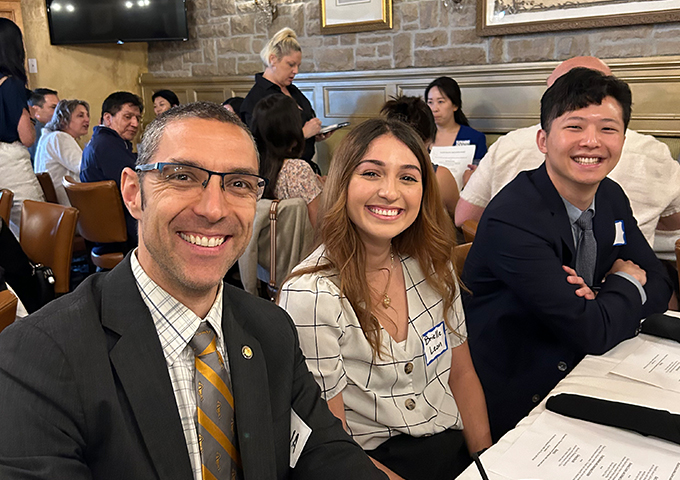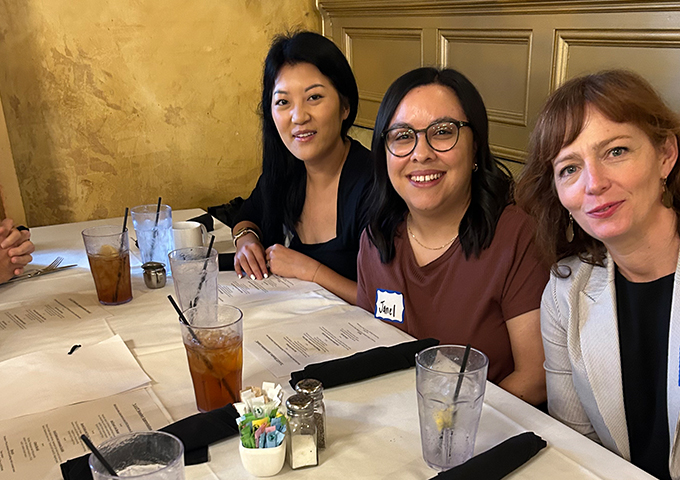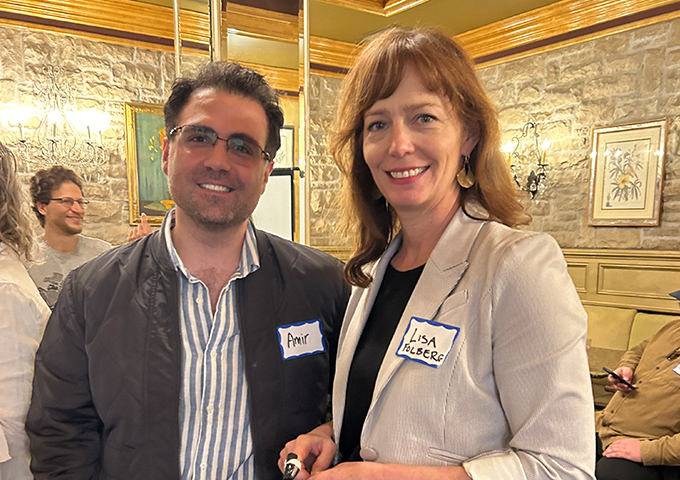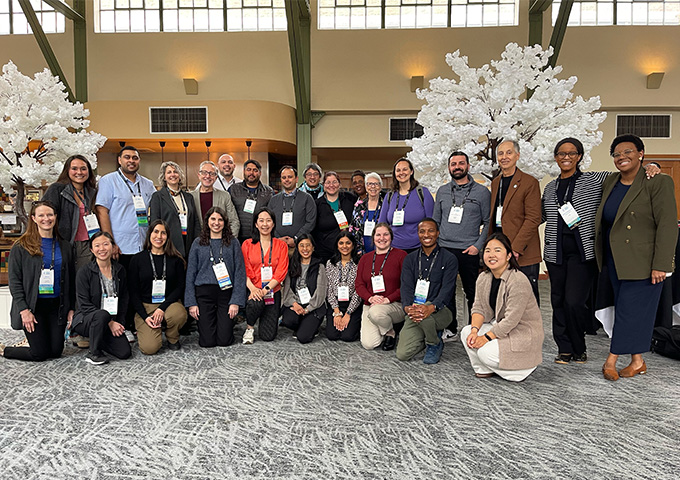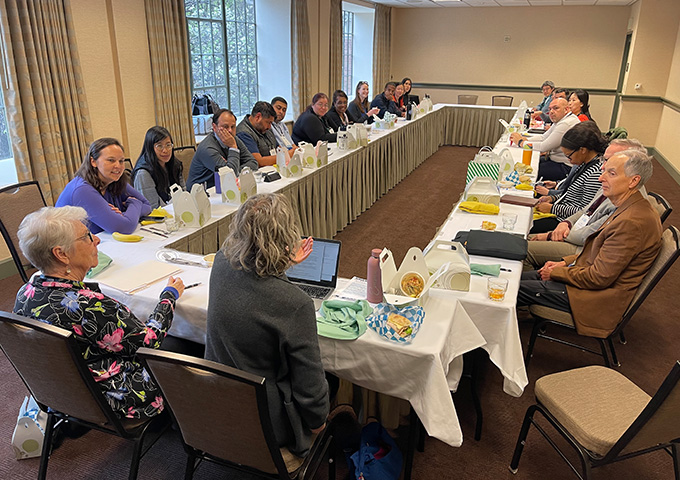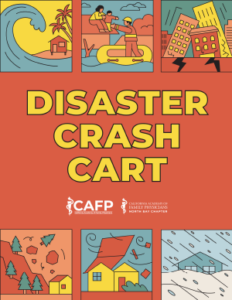Confronting Misinformation
Another day, another headline. Every day’s news cycle spotlights concerning developments – like Utah lawmakers considering a fluoride ban or a measles outbreak causing hospitalizations in Texas. Longstanding public health interventions such as ensuring sufficient fluoride access and vaccination rates are being questioned, which directly impact the foundational work we do in family medicine: promoting safe, evidence-based care and protecting vulnerable populations. Many family physicians are frustrated at the amount of misinformation that is publicized and made popular by politicians and those on social and digital media. This can especially be infuriating when negative consequences occur, and there is little pushback.
Today, the proliferation of health misinformation poses a threat to the health of our patients and society. As trusted healthcare providers, family physicians are uniquely positioned to combat the “infodemic” by proactively addressing misinformation and serving as a source of sound information.
What are ways in which we can promote accurate and helpful information?
1. Empower patients on navigating health information
Advise patients to consult websites with domains such as “.gov,” “.edu,” or “.org,” which are typically associated with government agencies, educational institutions, and reputable organizations. Encourage patients to be cautious of information that lacks evidence, is one-sided or biased, or contains poor grammar and misspellings. A Medical News Today article from late February provides guidance on verifying accuracy of information using a technique called lateral reading, which is verifying the credibility of health information found on a site or platform by cross-checking it with independent, reputable sources outside of the original source.
2. Address your patient’s concerns in the office
Create an environment where patients feel comfortable discussing health information they have encountered online. This openness allows you to address misconceptions and guide them toward trustworthy sources. If a patient is hesitant about a recommended treatment plan, demonstrate curiosity and ask in a nonjudgmental way what concerns they may have. Educate in clear language and involve the patient in decision making. Utilize decision aids – introduce patients to tools and resources that assist in making informed health decisions, such as the Choosing Wisely campaign, which promotes conversations between clinicians and patients about unnecessary medical tests and procedures. I personally like to pull up algorithms from American Family Physician Journal articles about a patient’s condition and show them the recommended management plan to support my clinical decisions.
3. Harness the power of social media
Podcasts, TikTok, Instagram, and X (formally known as Twitter) have a vast amount of information – some good, and some not so good. Supporting accounts (or even creating one!) that provide positive, helpful content, via likes, retweets, or even financial support, help ensure that helpful messages are spread to combat negative, incorrect information.
Even more importantly, I call on family physicians to provide direct rebuttals to misinformation when it is visible. In a 2022 American Family Physician community blog, CAFP’s own Alex MacDonald notes, “We can no longer afford to simply avoid disagreement in the exam room or online. These conversations are not always easy and often do not occur in a single setting, but speaking up and consistently correcting misinformation by all physicians can and will have an impact.” See his blog postfor additional resources on combating misinformation.
4. Team up
Join organizations such as the LAAFP and AAFP as part of a larger movement to advocate for appropriate content and regulation of misinformation. Forge partnerships with local public health departments, non-profit organizations, or community groups that share similar goals of promoting accurate health information. Advocate for policies that limit dissemination of misinformation or disinformation.
The American Medical Association suggests health care providers and organizations can all promote a broad understanding of medical science and utilize their media outlets to clarify common misconceptions.
Outgoing U.S. Surgeon General, Dr. Vivek Murthy, warns all Americans, “Health misinformation is a serious threat to public health. It can cause confusion, sow mistrust, harm people’s health, and undermine public health efforts. Limiting the spread of health misinformation is a moral and civic imperative that will require a whole-of-society effort.”
Family physicians care for the most vulnerable patients. We must continue providing our patients with the highest quality information and remain approachable when they have concerns. We must actively call out inaccurate information. We cannot stand by when misinformation threatens public health. Although our individual efforts may feel small, our collective efforts can have a profound impact on our patients and communities. Whenever I feel overwhelmed by the scope of misinformation, I recall these words from Margaret Mead: “Never doubt that a small group of thoughtful, committed citizens can change the world; indeed, it’s the only thing that ever has.”
Michelle Crespo, MD, MPH
2025 LAAFP Asst. Secretary-Treasurer



